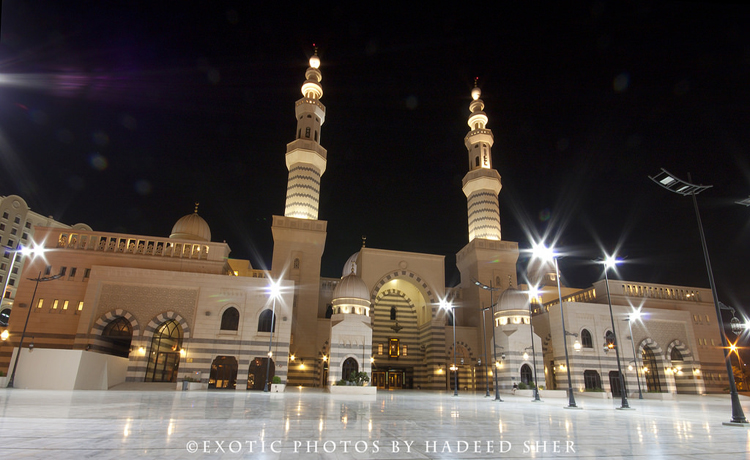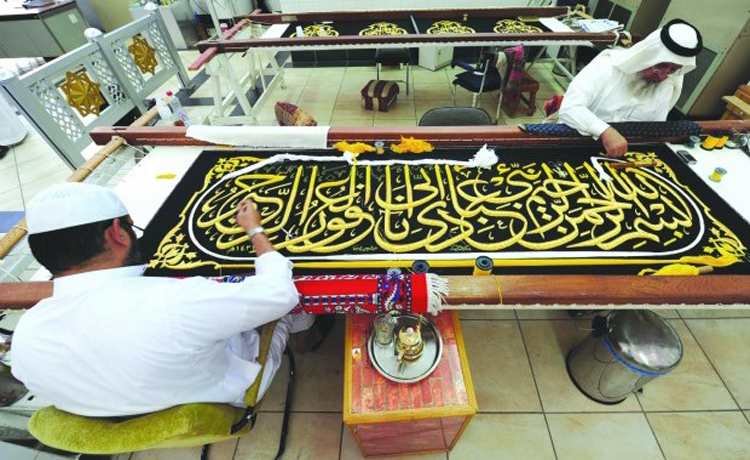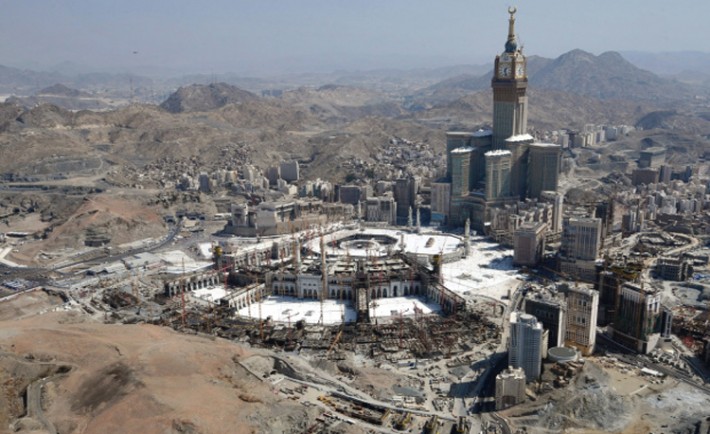The holiest city in Islam, Makkah is the spiritual home for Muslims around the globe. There are millions of visitors that throng to it every year.
The holiest city in Islam, Makkah is the spiritual home for Muslims around the globe; millions of visitors flock to it every year.
After visiting the Haram in Makkah and completing the religious rites of Umrah and Tawaf, they go back without fully experiencing the city. In fact, there are many people living in The Kingdom that visit Makkah regularly, but have not seen anything apart from the Harm.
Makkah has so much to offer to visitors; after all it is one of the oldest cities in Arabia with a history that dates back millennia, a place where the roots of Islamic culture sprang from and a city that has seen millions of pilgrims visiting it for centuries defining its culture and heritage. To experience it to the fullest and get a better understanding of this city, home to the holiest site in Islam, you should visit these places while you are there.
- Aisha Al Rajhi Mosque. It is the 2nd biggest mosque in Makkah and amongst the biggest in the Kingdom. It has a capacity of 47,000 worshippers and was built by Sulaiman Al Rajhi. The mosque has a number of elevators and escalators and its own water treatment plant. Many eco-friendly initiatives have been employed in the mosque, aiming to reduce its electric power consumption.

Credit: Hadeed Shaw - Makkah Antiquities and Heritage Museum. It is one of those museums where the building structure is more fascinating to visitors than the items inside. The museum was originally a royal guest house and went by the name of Zaher Palace. Construction began in 1946 under the orders of King Abdulaziz and finished 7 years later in 1952. The palace was initially used as royal guest house before being converted into a school. After its tenure as a school, it was restored and converted into a museum. The museum is divided into multiple halls, the most remarkable amongst them include the currency hall that displays several currencies dating back to the successive Islamic periods, and the Saudi state hall that tells the story of The Kingdom’s formation.

- Assalamu Alaika Ayyuha Annabi: The exhibition is dedicated to the life of Prophet Muhammad (P.B.U.H.) and highlights the various key moments in the Prophet’s life. It also shows glimpses from the daily life of the Prophet (P.B.U.H.)
- Al Saggaf Palace
One of the largest historical palaces in the country, the Saggaf Palace is a testament to the glorious past of Makkah. The palace is currently fenced off and in a dilapidated condition, but onlookers can grasp glimpses of the former glory its ruins evoke.
- Kiswa Factory
Sitting on the Old Makkah Road right next to the Exhibition of the Two Holy Mosques, the Kiswa factory is where visitors can get to see the kiswa of the Ka’aba being made right in front of them. The factory has been making the kiswa of the Ka’aba since 1927 AD and has gone through many upgrades and renovation works over the years. To visit the factory you will need a permit beforehand.
- Thi Majaz Market
The market had a huge economical and cultural significance in the region. It was one of the most prominent markets in ancient Arabia alongside Souk Okaz. The entire ancient market area has been fenced off and visitors are not allowed in. Nonetheless, one can see it from the outside and catch glimpses of the crumbling remains of the site.
- Jannat Ul Mua’lla
Located to the south-east of the Haram is this cemetery that houses the graves of many of the Prophet’s (PBUH) relatives and companions including Khadija Bint Khwailid, Abdullah Bin Zubair and Asma Bint Abubakr (R.A.) amongst many others.
- Hudaibiyah
This is the place where the historic treaty of Hudaibiyah was signed by the Prophet (PBUH.) It sits close to the Haram boundary. Today, a mosque marks the site, adjacent to which is an undated crumbling structure.
- Exhibition of the Two Holy Mosques
The place is more of a museum rather than an exhibition, as it runs year round and has a museum layout to it. Here all things related to the two Holy Mosques are found; from the fencing around the zamzam well and the steel casing of the black stone to various scaffoldings from around the mosques. It even has various other finds that were unearthed during excavation and expansion works at the holy sites.










